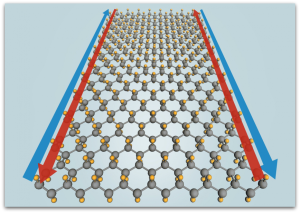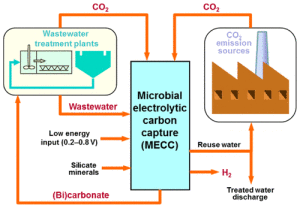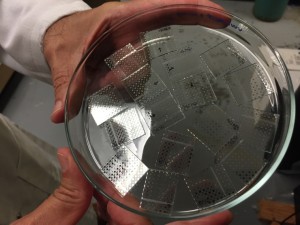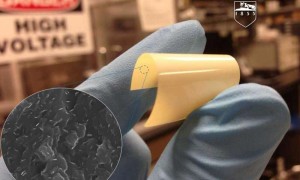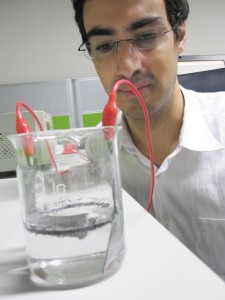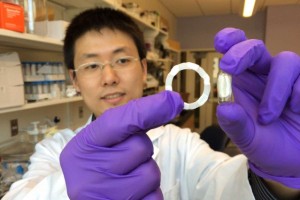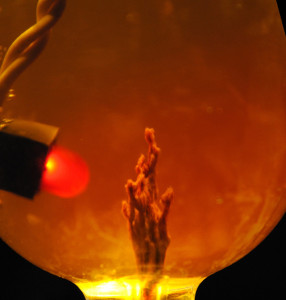
The laboratory-created chemical garden exhibits battery-like properties that may have helped start life on Earth.
Image: Jet Propulsion Laboratory/Caltech
Energy is everywhere. As long as there has been a universe, there has been energy. In fact, some researchers believe that Earth’s very first life forms got a little electrical energy boost from chemical seafloor gardens.
Of course this was only a theory, so scientists at the Jet Propulsion Laboratory have grown their on chemical gardens in-house. The have proven strong enough to power a lightbulb, suggesting that the first cell-like organisms may indeed have used seafloor, chimney-shaped structures to channel electricity.
“These chimneys can act like electrical wires on the seafloor,” said Laurie Barge of NASA’s Jet Propulsion Laboratory. “We’re harnessing energy as the first life on Earth might have.”
These findings help researchers explore more definitive answers to the question of life on earth and how it all started. The idea of the seafloor chemical garden agrees with an already established scientific theory—alkaline vent hypothesis—that leans toward the idea that life started underwater due to warm, alkaline chimneys.
“Life doesn’t want to get electrocuted, but needs just the right amount of electricity,” said Michael Russell of Jet Propulsion Laboratory. “This new experiment confirms what that amount of electricity is – just under a volt.”


